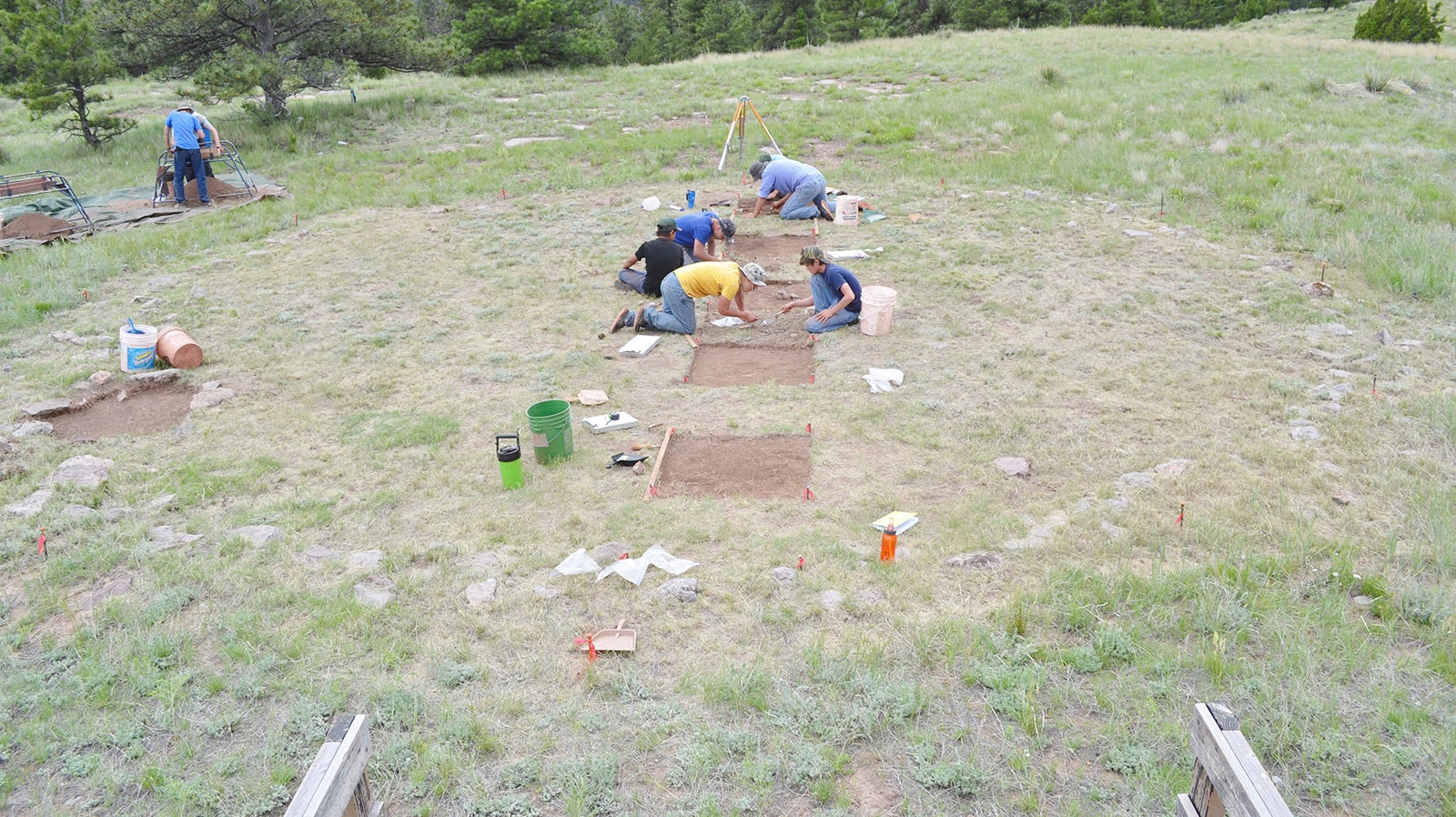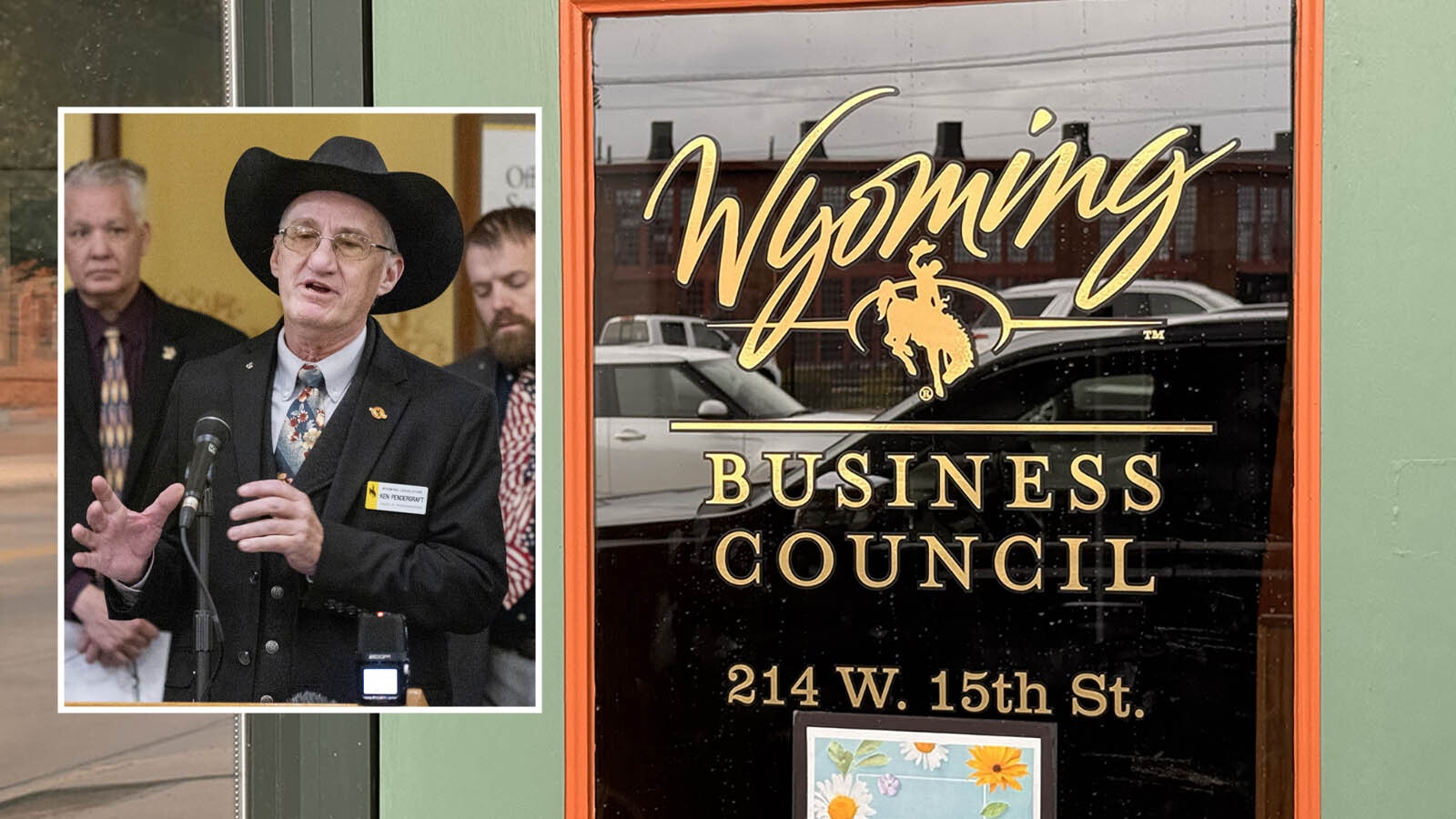A bill that seeks to protect an unusual archaeological site survived a last-minute amendment and has made it over the finish line in the Wyoming Legislature.
Senate File 58 recognizes the Sutton archaeological site – adjacent to the notable Powars II red ochre mine in southeast Wyoming – as a state archaeological site and puts a fence with no trespassing signs around it.
The bill was laid back Friday by Rep. Scott Smith, R-Lingle, but unanimously passed the House on Tuesday morning.
Smith told Cowboy State Daily he had some questions about the proposal to put a chain link fence around the site, particularly with regard to the nearby landowner, John Voight.
Voight has said his property almost entirely surrounds the Sutton site, and there’s already a gate in place, restricting access to both the Powars II and the Sutton site.
“I was planning to draft an amendment, but after speaking with Rep. (Jeremy) Haroldson, he answered my concerns, and I believe that property owner surrounding the Sutton claim can make their own agreements outside of the legislation with the Parks Department,” Smith said in an email.
Questions Remain
The latest flap with the Sutton site bill revolved around a contention by Dennis Eisenbarth, a member of the Sunrise Historic And Prehistoric Preservation Society, that since the nonprofit already protects entry to the Powars II site with a locked gate and no trespassing sign, it’s unlikely anyone can actually trespass on the adjacent Sutton site.
“A $157,000 chain link fence that no one would be likely to ever see (is) fiscally irresponsible,” Eisenbarth said he told Smith in an email to Cowboy State Daily.
Some of the unusual stone circles in the Sutton site lie beyond the fence surrounding the Sutton site, Eisenbarth added.
“Construction of the fence would undoubtedly bisect some of the stone circles and possibly damage others,” he said.
Eisenbarth also told Cowboy State Daily that both groups agree the Sutton site needs to be protected and preserved.
“It simply comes down to finding the right means to do so,” he said.
Why The Sutton Site Is A Big Deal
The Sutton site is home to extraordinarily large ceremonial circles — much larger than the typical teepee rings that dot the Cowboy State.
The purpose of the circles is not known for certain. State Archaeologist Spencer Pelton told Cowboy State Daily that tribal groups have indicated the site was ceremonial in nature and used for dancing, while George Zeimans, an archaeologist who has done some work in the area, found evidence that the site was used to process ore from the nearby Powars II mining site.
John P. Sutton donated the site to the state after his death.
State officials testified during committee deliberations on SF 58 that Sutton believed some looting had happened at the site, and that he hoped the state would protect and preserve it for future study.
The site had to pass through an extensive evaluation before Wyoming could accept it. While the potential value of the site is as yet unknown, state officials have suggested it could prove to be quite significant. If that is so, the site could be further developed.
Unique Area
The Sutton site is right next to the Powars II red ochre mine, which is being preserved and studied by SHAPPS. Powars II is among the oldest of red ochre mines in the northern half of North America and is considered a significant archaeological site for early man.
Unique points, differing from Clovis points, have been found at the site. They’re being called Sunrise points to distinguish them, and the people who used the site are being referred to as the “Sunrise people.”
Zeimans told Cowboy State Daily that the Powars II site contains a rich historical record. The extensive layers are the kind that could allow archaeologists to figure out whether the Sunrise point is a precursor to Clovis points, or something else entirely.





